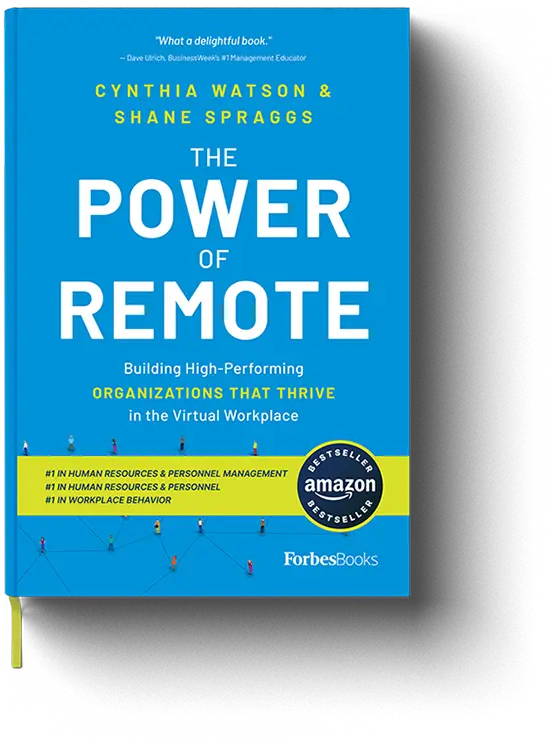There’s no easy way to do layoffs. Nobody wants to hear they’re being let go, which is why nobody wants to deliver that news. But if recent business history has taught us anything, it’s that somebody needs to do it — this is not a job to be handed off to technology.
Vimeo, Amazon, Salesforce, ByteDance, Disney, Twitter, Meta, and on and on: the list of businesses that have let go of staff in recent months is practically endless. As of early May, in fact, one of the top online trackers counted 650 firms around the world that have made layoffs since the start of 2023. That’s more than five per day.
Set aside the economic trouble sign this represents, and the key question raised is how businesses can make cuts without upsetting the apple cart. With so many people working remotely, spread across time zones and offices, countless companies have struggled to find the right balance of empathy and efficiency.
One of the more prominent recent examples: Google-parent Alphabet’s decision to lay off 12,000 staffers via email in January 2023 inspired a handful of op-eds and condemnatory articles in major publications like the New York Times, Wall Street Journal, and Inc.
This is not a new problem. Back in 2006, Radio Shack got into hot water after firing 400 workers at its Fort Worth headquarters via email. Forbes described it as “a new low in management and labor relations”. Yet that did not deter the UK delivery firm City Link, which in 2012 decided to play the Grinch and laid off some 2000 staffers via an email on Christmas Day.
Tech giant Microsoft might have topped them all: in 2014, the head of its devices division informed 12,500 workers they were being laid off in the 11th paragraph of an internal strategy memo.
Since then the business world had seemed to make steady progress. But then in early 2020, just as we seemed to have settled on a solid framework for smoothly handling layoffs, the pandemic hit and upended workplace communications. A sizable portion of the workforce was suddenly working remotely, and the rise of new technologies like Zoom and Slack mean staffers are able to record online chats and meetings and later share them with the world.
Tech firms like Bird, Carvana, and Coinbase have demonstrated the impact of poorly executed, out-of-touch approaches to downsizing. When layoffs are done poorly, departing staffers feel the sting and companies not only lose control of the message, they lose face, undermining their brand and reputation.
The press release or email might lack empathy, the reason given for the decision could be dubious, or there could be a leak and the press finds out before the workers. None of that looks good, and social media often makes it all the more difficult: the court of public opinion tends to be unkind to corporations, particularly when there’s video evidence. Never before have business leaders faced so much scrutiny.
So what’s a company to do? It’s best to keep it simple. First off, people being laid off want to hear it from the horse’s mouth. Quite understandably, they feel they deserve to learn from their boss why they’re being let go. They want to see you take responsibility and show you care.
Beyond that, it helps to do your research. We cited a few above, but there are countless examples of companies doing layoffs the wrong way:
Even as many companies continue to argue that email layoffs are the fastest and most efficient route, a new and improved playbook is emerging. A crucial first step is to train managers and executives how to have tough conversations. Bad news is inevitable, but having a leadership team that is able to leverage emotional intelligence significantly reduces the chance of backlash.
Here are some more helpful steps to take:
From the moment of the initial announcement through the final media interview, productivity will likely suffer. Thus, the quicker you’re able to complete the layoffs, the sooner your company can move on and resume peak performance.
Just keep in mind the need to be respectful and empathetic. Losing a job is often devastating news, so robust support and follow-up is an absolute must. This not only helps the former employee overcome the blow, but is likely to help your firm avoid a sharply negative review on a site like Glassdoor. Take the time to make the one-on-one calls and hear what people have to say, and maintain a positive employer reputation in the process.

With increased demand for hybrid and fully remote work styles, most firms understand that some form of distance work is here to stay – and have put some remote protocols in place. But are they the right ones?
It’s time to take advantage of the many opportunities remote work presents. Stop saying “we’re not there yet,” and start saying “we’ve arrived!”
This book will show you how.